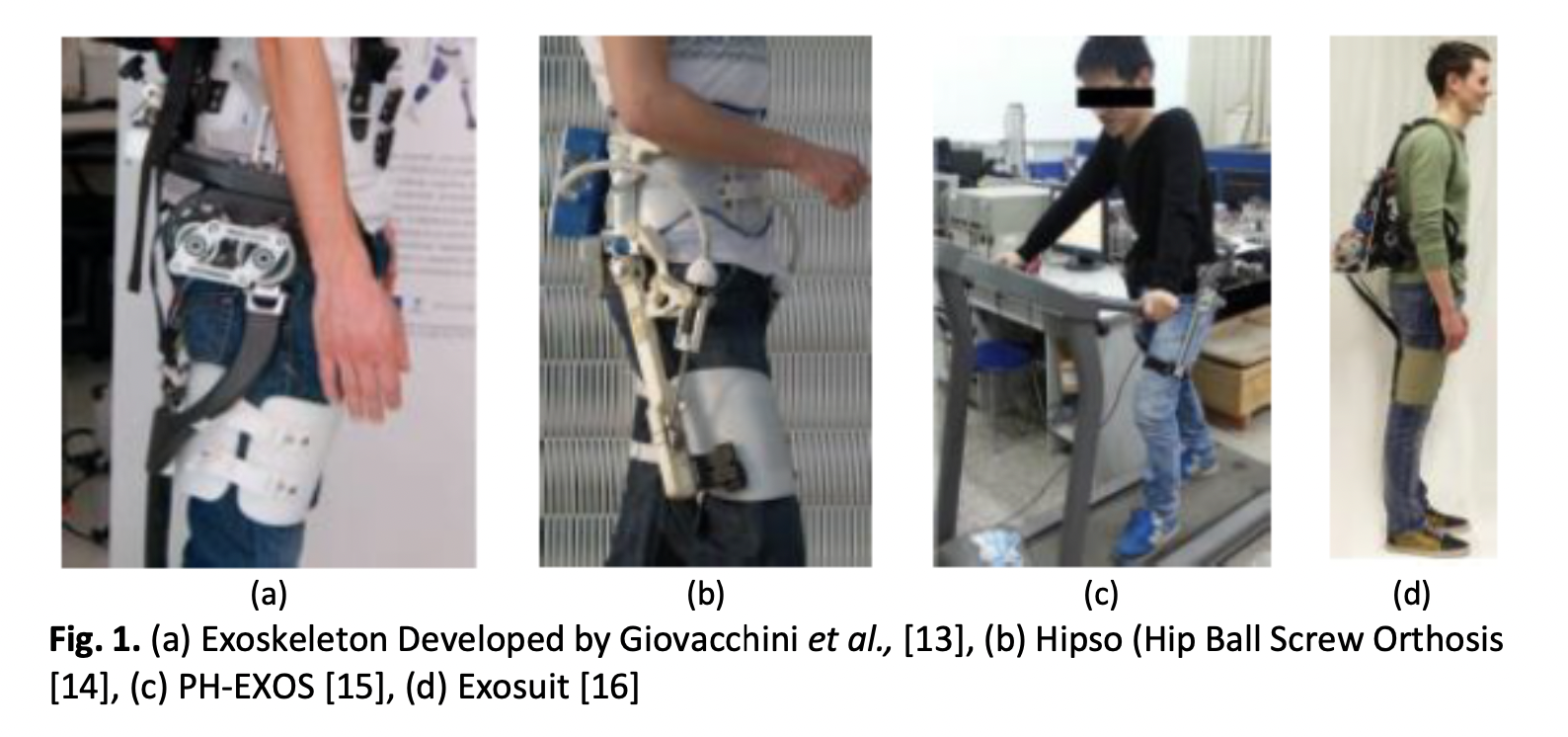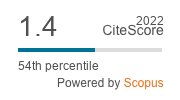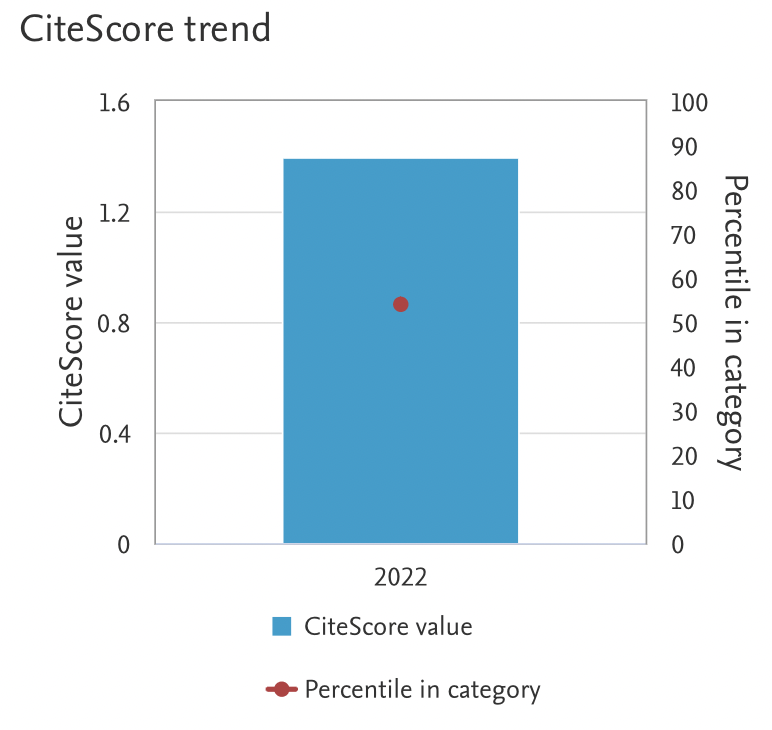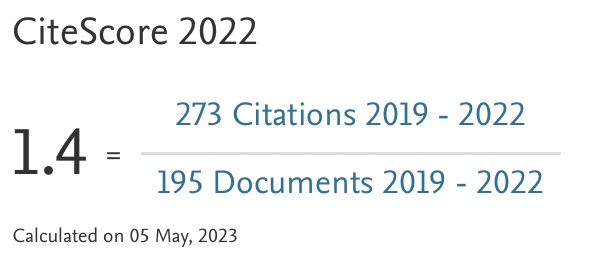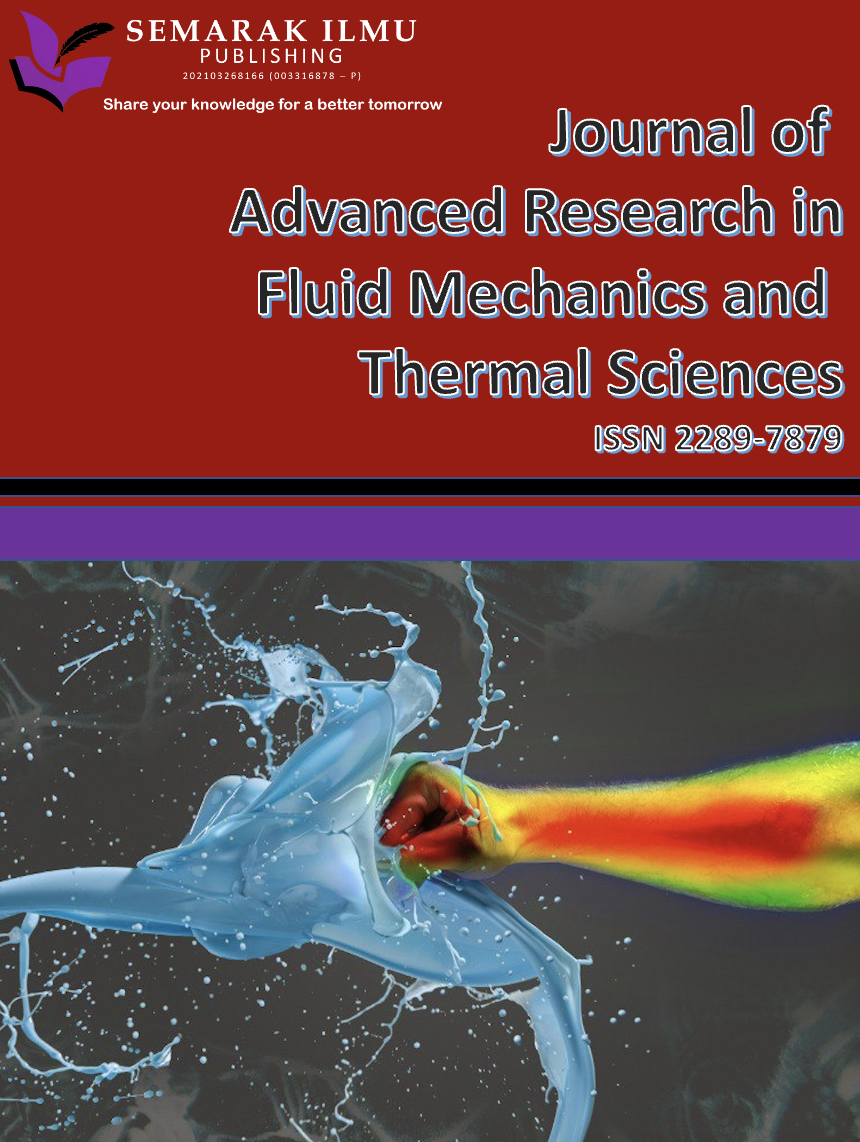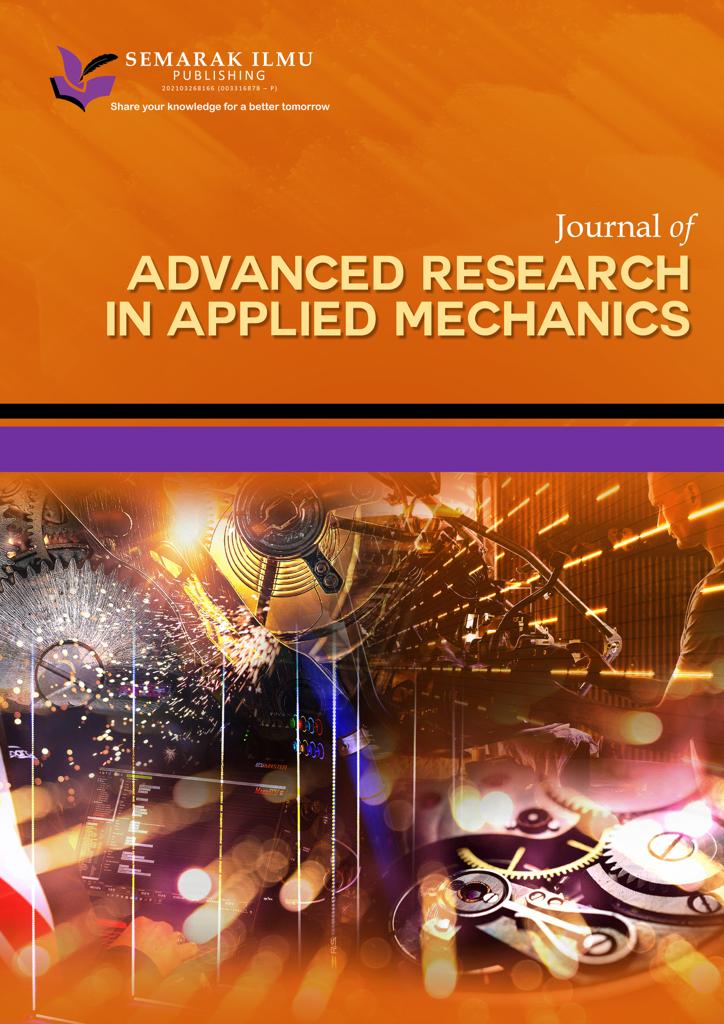Kinematics Mathematical Modelling of Lower Limb Exoskeleton for Paralyzed Stroke Patients
DOI:
https://doi.org/10.37934/araset.42.1.5772Keywords:
Stroke paralysis patients, motor-driven, rehabilitation, biomechanics, mathematical analysisAbstract
This paper presents the development of a lower limb rehabilitation robot to be used with bedridden patients. Strokes are one of the significant causes of death in 17% of the 109,155 medically certified death in 2020 in Malaysia. In most cases, stroke paralysis affects the opposite side of the damaged brain, and any part of the body can be affected. 90% of stroke patients get paralysis to some degree. Patients can recover from the disease and restore body motions by undergoing paralysis stroke physiotherapy, which involves numerous sessions with patients. There were several successful robotic rehabilitations in recent years; however, their design is inflexible and large, requiring the patient to sit or stand in a static position. This project will be built on a motor-driven parallel architecture that will offer motion assistance throughout the human’s wide range of motion (ROM). This project development is divided into two parts: structure design and simulation. The design process for the lower limb devices used syncretization and mathematical analysis. The structure design is from the kinematic analysis. The mathematical models are then used to design in MATLAB simulation which is trajectory simulation. The outcome shows that the simulations that have been developed is compatible with the motion of human lower limb. This robot develops for bedridden use of lower limb rehabilitation exercises.
